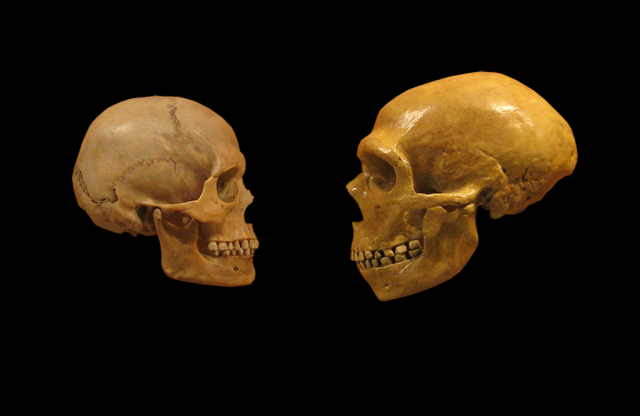
(credit: Ingmar Zahorsky via Flickr)
The persistent suggestion that video gaming leads to violent behavior prompts innumerable eye-rolls and Internet rants from gamers. But it’s persistent because it’s surprisingly hard to nail down a solid answer to the question. A lot of the research just raises more questions, so consensus remains elusive, despite claims to the contrary.
A fair number of studies suggest that there is a link, but those can be contrasted with other research that says there isn’t. The problem is that there are so many different factors to take into account, along with a swiftly-changing medium and difficulty in obtaining high-quality data—we'd need an avalanche of research to answer the question definitively.
While it's not an avalanche, a group of researchers, led by biological psychologist and video game violence skeptic Peter Etchells, has published an analysis suggesting that players of violent games might face a very small increase in risk for behavioral problems. They’re the kinds of small results that would be met with disappointment by authors who were hoping to find an effect, but they’re there. And yet, as always, this analysis isn’t the final word.





